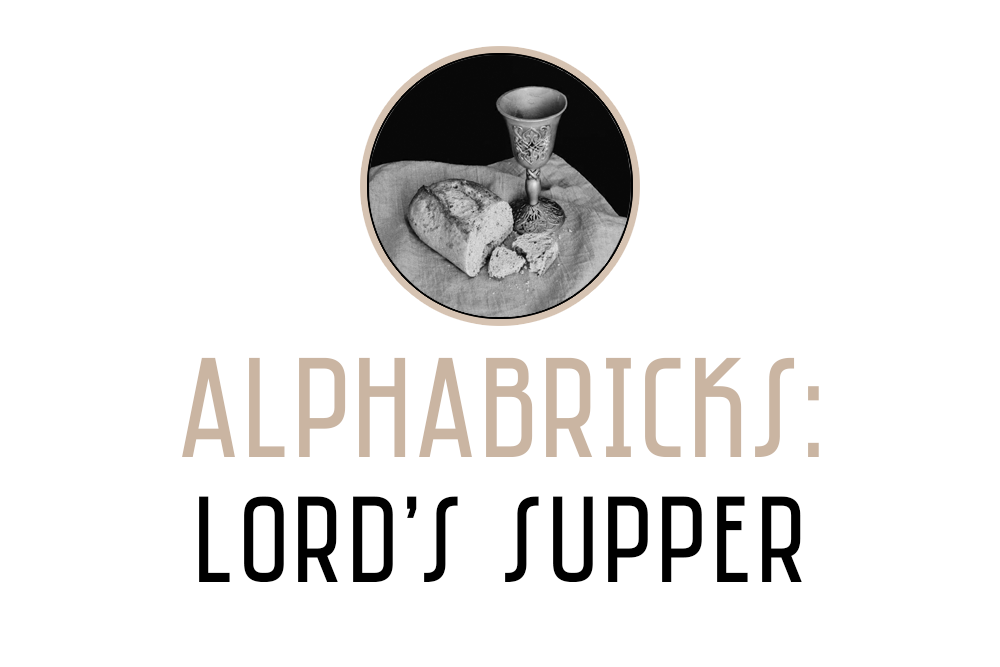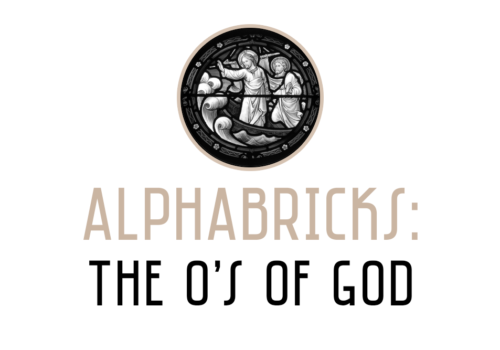“And he took bread, and when he had given thanks, he broke it and gave it to them, saying, ‘This is my body, which is given for you. Do this in remembrance of me.’ And likewise the cup after they had eaten, saying, ‘This cup that is poured out for you is the new covenant in my blood.’”
— Luke 22:19-20 ESV
Introduction
One of two or ordinances instituted in the New Testament (water baptism being the other), today’s sacrament goes by several names:
1. The Last Supper, that which was shared with the disciples the night before His death (cf. Matthew 26:26-28)
2. The Lord’s Supper as seen in 1 Corinthians 11:20
3. Breaking of Bread which the early church practice (cf. Acts 2:42, 46; 20:7)
4. Holy Communion inferred from 1 Corinthians 10:16
5. the Eucharist (the Greek word for “thanksgiving,” see Mk 14:23)
a. Among the earliest evidence for this name, which does not occur in the New Testament, are references in the Didache (ix.1), Ignatius of Antioch (Philad. iv), and Justin Martyr (Apol. i.66).
i. DIDACHE* [did-a-K; did-a-KEY] (Teaching) A manual of church discipline, otherwise known as “The Teaching of the Lord to the Gentiles through the Twelve Apostles.”
6. the Mass.
a. Generally by the Latin Church “mass,” a name derived from the formula of dismission, Ite, missa est, i.e., “Go, it is discharged (dismissal).”
Regardless of what name is used the emphasis is clear: It is a picture of what the Lord has done to bring salvation to man—His body that was broken and His blood that was spilled to reconcile you and me to God. Hence, it is what makes this ordinance so personal and so sacred. It is the reminder of Christ’s death for you.
The Passover Lamb
In Exodus 12:21-28 the Moses speaks of the Passover lamb whose blood would save Israel from the death angel. When the angel would see the slain lamb’s blood applied to the door posts he would “pass over” the house and not bring death to the first born inside.
The Apostle Paul then makes the application in the New Testament:
“Cleanse out the old leaven that you may be a new lump, as you really are unleavened. For Christ, our Passover lamb, has been sacrificed” (1 Corinthians 5:7 ESV).
This new Passover, Jesus Christ, instituted this ordinance the night Israel celebrated the old Passover—and it was the night of His betrayal (cf. Matthew 26:26). The Apostle Paul avows the gospel writer’s words in his Corinthian letter,
“For I received from the Lord what I also delivered to you, that the Lord Jesus on the night when he was betrayed took bread, and when he had given thanks, he broke it, and said, ‘This is my body which is for you. Do this in remembrance of me.’ In the same way also he took the cup, after supper, saying, ‘This cup is the new covenant in my blood. Do this, as often as you drink it, in remembrance of me’” (1 Corinthians 11:23-25 ESV).
Practiced
Following Christ’s fateful night, the Apostle also affirmed its continued practice in the church as he urged the recipients to examine themselves with the understanding that
“Whoever, therefore, eats the bread or drinks the cup of the Lord in an unworthy manner will be guilty concerning the body and blood of the Lord” (1 Corinthians 11:27 ESV).
Regrettably, many a conscientious Christian has not eaten of the Lord’s Supper due to a feeling of unworthiness; however, one’s worthiness is found in their newness of life in accepting Christ as their savior and not in any personal works.
It is those who practice hypocritical lives that need to fear Paul’s words.
Points of Agreement
Nearly all the major denominational groups can agree on the following regarding the Lord’s Supper:
It was established by Christ;
the necessity of repetition;
a form of proclamation;
a spiritual benefit to the partaker;
restricted to followers of Christ.
A Major Point of Disagreement
While there are other points of difference within the denominational world, a most prominent is in regard to the presence of Christ during the Lord’s Supper. How do we interpret today the Lord’s statements of “this is my body” and “this is my blood?”
There are four schools of thought:
The bread and wine are the physical body and blood of Christ.
The bread and wine contain the physical body and blood.
The bread and wine contain spiritually the body and blood.
The bread and wine represent the body and blood.
Conclusion
While there are differing understandings, the key thing to remember for believers is to regularly participate in the blessings of this ordinance. For in so doing we show forth the death of Christ until He comes again.



